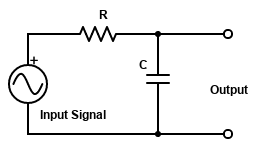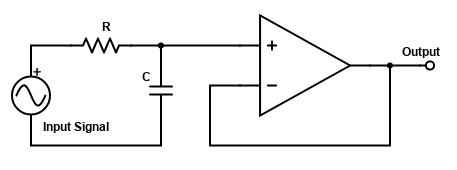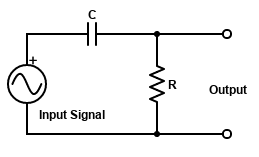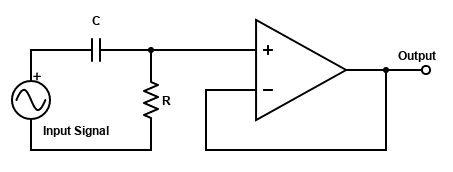Filters are a special type of circuit that lets signals having a frequency within a specific range pass through it. The frequency range can have a lower cut-off frequency and no upper cut-off frequency or an upper cut-off frequency and no lower cut-off frequency or both upper cut-off and lower cut-off frequency. Filters can also be used to block signals which belong to a certain frequency range. Filters can be divided into 4 categories which are –
- Low Pass Filter (LPF)
- High Pass Filter (HPF)
- Band Pass Filter (BPF)
- Band Reject Filter (BRF)
In this article, we are going to discuss the differences between Low Pass Filter and High Pass Filter.
Difference Between Low Pass Filter and High Pass Filter in tabular form
In the following table, we have pointed out some differences between Low Pass Filter and High Pass Filter.
| Low Pass Filter | High Pass Filter |
| A filter that lets low-frequency signals pass at the output and block the high-frequency signals is called a low pass filter. | A filter that lets high-frequency signals pass at the output and block the low-frequency signals is called a high pass filter. |
| A low pass filter allows the signal that has a frequency below the cut-off frequency. | A high pass filter allows the signal that has a frequency above the cut-off frequency. |
| A low pass filter attenuates the high-frequency components of the input signal. | A high pass filter attenuates the low-frequency components of the input signal. |
| A low pass filter preserves the low-frequency components of the input signal. | A high pass filter preserves the high-frequency components of the input signal. |
| In a passive low pass filter, we connect the source with the resistor and get the output across the capacitor. | In a passive high pass filter, we connect the source with the capacitor and get the output across the resistor. |
| It is mainly used in demodulator circuits to remove high-frequency components, eliminating the aliasing effect from signals, etc. | A high pass filter is used to reduce the effect of noise in signals, in amplifiers, sharpening an image in image processing, etc. |
What is Low Pass Filter?
The filter that lets all the signals having frequencies lower than a cut-off frequency pass through the output is called the low pass filter. It attenuates the high-frequency components of the signal and lets the low-frequency components of the signal pass through it.
A low pass filter can be realized using an RC circuit. If we connect the resistor followed by a capacitor in series and connect the source with the resistor then this circuit will act as a low pass filter and we will get the output across the capacitor. The cut-off frequency is given by 1/2πRC. The circuit diagram is given below.

A low pass filter realized using an RC circuit is called a passive low pass filter as it uses passive components. We can make active LPF as well using active components such as OPAMP. In this case, also, we need to use an RC low pass filter circuit. The output is then fed to the non-inverting input of the OPAMP. An active filter amplifies the output signal and the gain can be adjusted. The circuit diagram of a unity gain active low pass filter is given below:

Low pass filter is a very important component. It is widely used in the communication system for eliminating the aliasing effect, in demodulator circuits to remove high-frequency components, and for many more purposes.
What is High Pass Filter?
The filter that lets all the signals having frequencies higher than a cut-off frequency pass through the output is called High Pass Filter. An HPF attenuates the low-frequency components of a signal and lets the high-frequency components of the signal pass through it.
A high pass filter can also be realized by an RC circuit. Here as well, we connect the resistor and the capacitor in series but the difference is that here we connect the source with the capacitor and we get the output across the resistor. The cut-off frequency for high pass filter is also given by 1/2πRC. The circuit diagram for a high pass filter using an RC circuit is given below:

Like an active low pass filter, we can also make an active high pass filter. Here also we use an active component such as OPAMP. But again, we need to first use an RC high pass filter. The output of the filter is fed to the non-inverting terminal of the OPAMP. Using the non-inverting amplifier configuration, we can adjust the gain and increase the quality of the signal. The circuit of a unity gain active high pass filter is given below:

Just like low pass filter, high pass filter is also widely used in communication. Generally, it is used to reduce the effect of noise in the signal, sharpening the image in image processing, etc.
Conclusion
To summarize this article we can say, low pass filters and high pass filters are complementary in nature. They have some common properties such as the cut-off frequency for both filters is given by 1/2πRC. The differences among them are complementary i.e., attenuation of frequency, preservation of frequency, etc. Low pass filter and high pass filter both are very important components and are widely used in communication, image processing, and in some devices such as an audio amplifier.
Author
Subhrajyoti Choudhury
